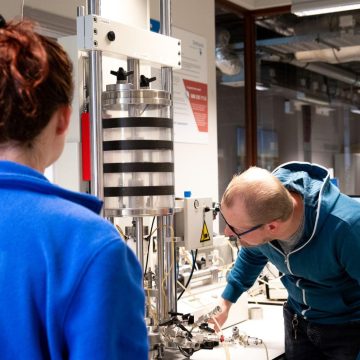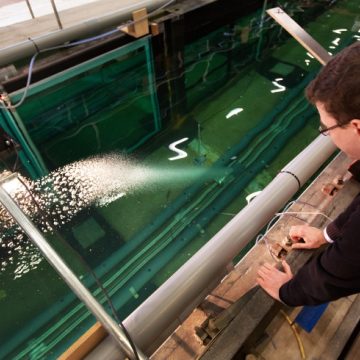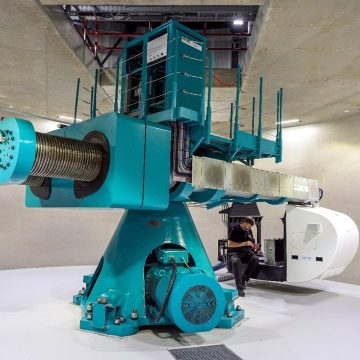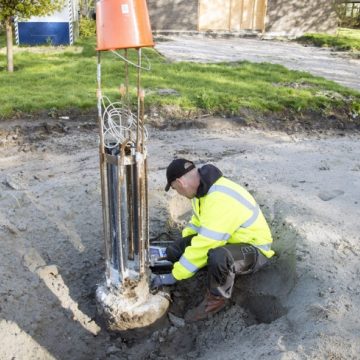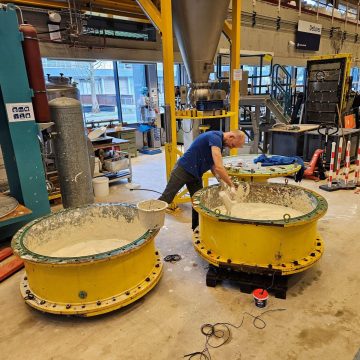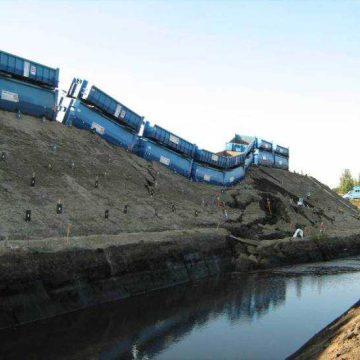Geofacilities
In a delta region, living, working and life take place on 'soft ground'. This soil contains a lot of water and this immediately raises very typical questions about safety and stability if you want to build. What are the consequences of compression or subsidence and how can you solve this? How safe is the new design for a dike and how long will it last?
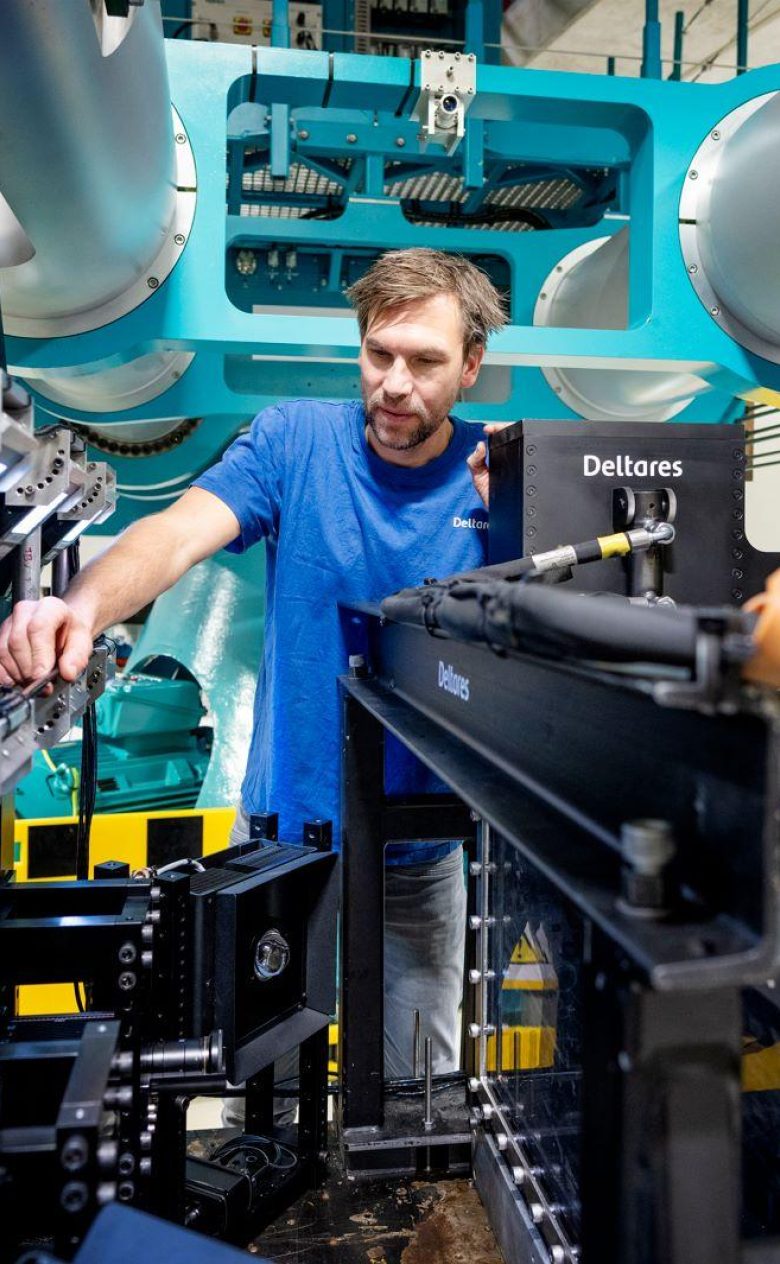
In the geofacilities, we research issues related to the subsurface. We study the effects that occur when we intervene in that subsurface. For example, if you are going to build or improve a tunnel or a road. The advantage of these simulations is that you can study future situations and effects. The future will be wetter, warmer, drier and that too will affect the subsurface. With policies like water and soil guiding or the SDG11 goal of sustainable cities and towns, responding to this is becoming increasingly important.
Research in different dimensions
We can do this research on different scales, we have a laboratory where we study centimeter-sized pieces of subsoil. We have a hall where we build scale models and we also research in the field. There we build a real-size dike, for example, or take a discarded piece of a dike. Finally, we have recently built a new geocentrifuge that can reduce processes in the ground that take years to hours. This allows us to simulate future effects. This is important because large construction projects require enormous investments in time and money, often even before the first pile goes into the ground. Good to investigate in advance if it is technically feasible.
A number of large field experiments are taking place as part of the Dutch Flood Protection Program. Here, uncertainties are validated with field experiments so that eventually all dike reinforcements will benefit. Innovations used for offshore wind farms are regularly tested in the laboratory. For example, when it comes to the safe placement of wind turbines for humans and animals. In the cities, we investigate subsidence and the consequences for the built environment. How can we prevent damage. Research of that subsurface in our laboratory is then important to determine what is going on under the buildings. This also applies to the effects on that subsurface of new plans, for example heat and cold systems for energy transition.
We share our knowledge and facilities
We also want to share our knowledge and expertise. Ultimately, applied and validated results end up in geomodels, software that can be used by other professionals. In this way, we also regularly collaborate on renewing regulations.
In the geofacilities, we work with practitioners to make new structures applicable. That ranges from thinking along on design to the necessary testing in facilities. The fact that we have in-house knowledge of various aspects of realisation also makes it efficient for the client.
Harm Aantjes, department head Transport Infra and Structures


